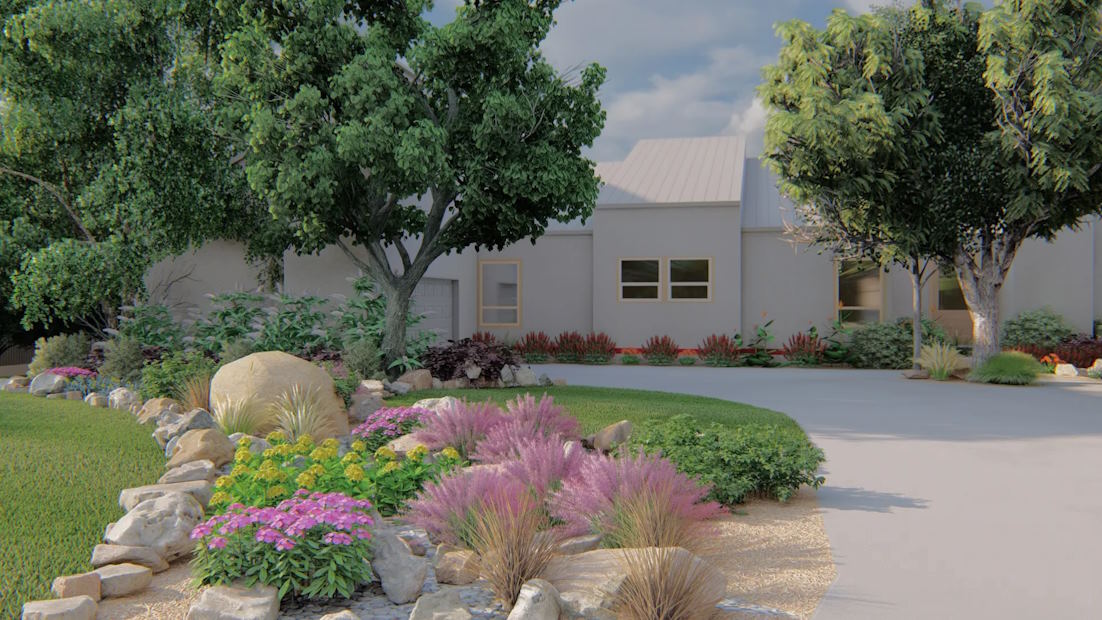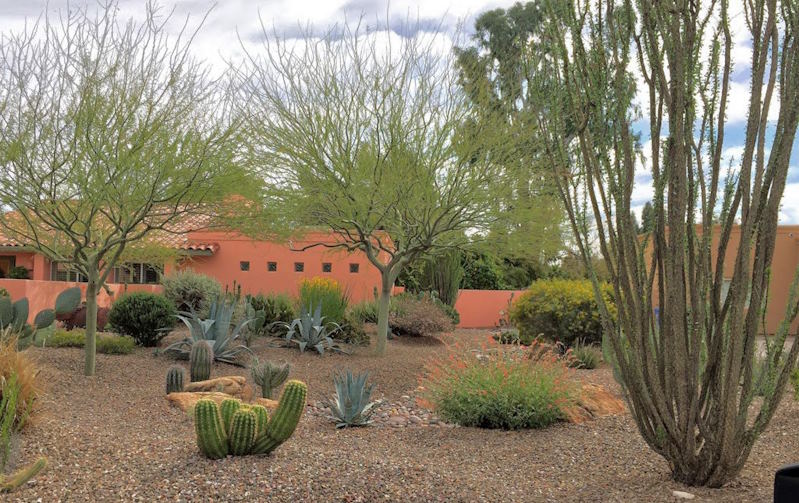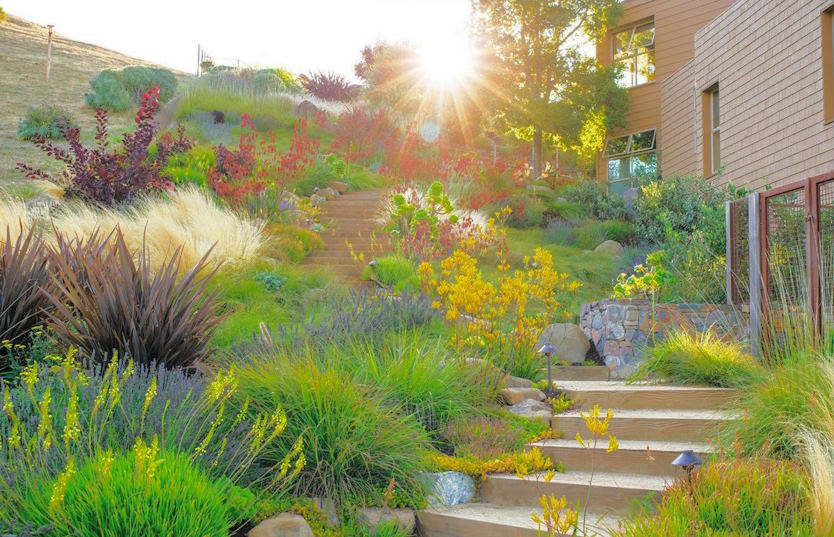Creating a Drought-Tolerant Landscape in Dry Climates
Product Information
Due to the effects of climate change and growing water scarcity, landscapers and homeowners are looking for environmentally friendly ways to create stunning outdoor areas that can withstand crafting resilient gardens in arid environments. The solution is drought-resistant landscaping, a comprehensive strategy that not only preserves water but also enhances the vigour and health of your garden. This post will discuss creative methods and advice for creating and caring for a gorgeous landscape that thrives in the face of water scarcity.
Principles of Xeriscaping
Xeriscaping is a landscaping style that prioritises water conservation over visual appeal. It involves using native and drought-resistant plants, installing efficient irrigation systems, and designing water-wise outdoor spaces for dry climates concepts. Additionally, xeriscaping emphasises how important it is to group plants that require similar amounts of water into hydrazones that simplify irrigation management. By applying xeriscaping principles, you can create a visually striking, water-efficient landscape that thrives in arid climates.

Making Use of Ground Cover and Mulch
Creating a landscape that can withstand drought requires mulch and ground cover. Mulch aids in controlling soil temperature, decreasing soil erosion and evaporation, and retaining moisture in the soil. Maintaining ground cover is crucial for preventing weed growth and preserving soil moisture. While ground cover can help prevent water loss through evaporation, organic mulch will help enhance soil structure and aeration.
Count on Water-Sparing Plants
This garden is drought-tolerant and makes use of multiple essential techniques for creating water-efficient gardens. A mixture of hardy yet colourful perennials, like red-flowered penstemon, don’t need much extra moisture to flourish. Evergreens in many drought-tolerant cultivars provide structure, height, and colour. A large boulder creates an unanticipated focal point by filling the space between the plants.

Select plants that can withstand or thrive in arid conditions.
Choose drought-tolerant plants like succulents, sedums, native plants, and ornamental grasses. Native plants also have the added benefit of drawing birds and pollinators from the area to your garden. More drought-tolerant plants include lamb’s ear, Russian sage, lavender, and santolina, which have grey or silvery foliage. Water usage is lower for non-native ornamental plants from the Mediterranean, South Africa, and Australia. Verify that there are no invasive non-natives in your area. View additional plants resistant to drought.
Drought-resistant landscaping is an innovative and sustainable way to design outdoor areas that are resilient, aesthetically pleasing, and ecologically conscious. It’s not just a reaction to water scarcity. Through careful plant selection, effective irrigation techniques, and water-wise design principles, you can create a garden that not only endures but flourishes in arid climates.


